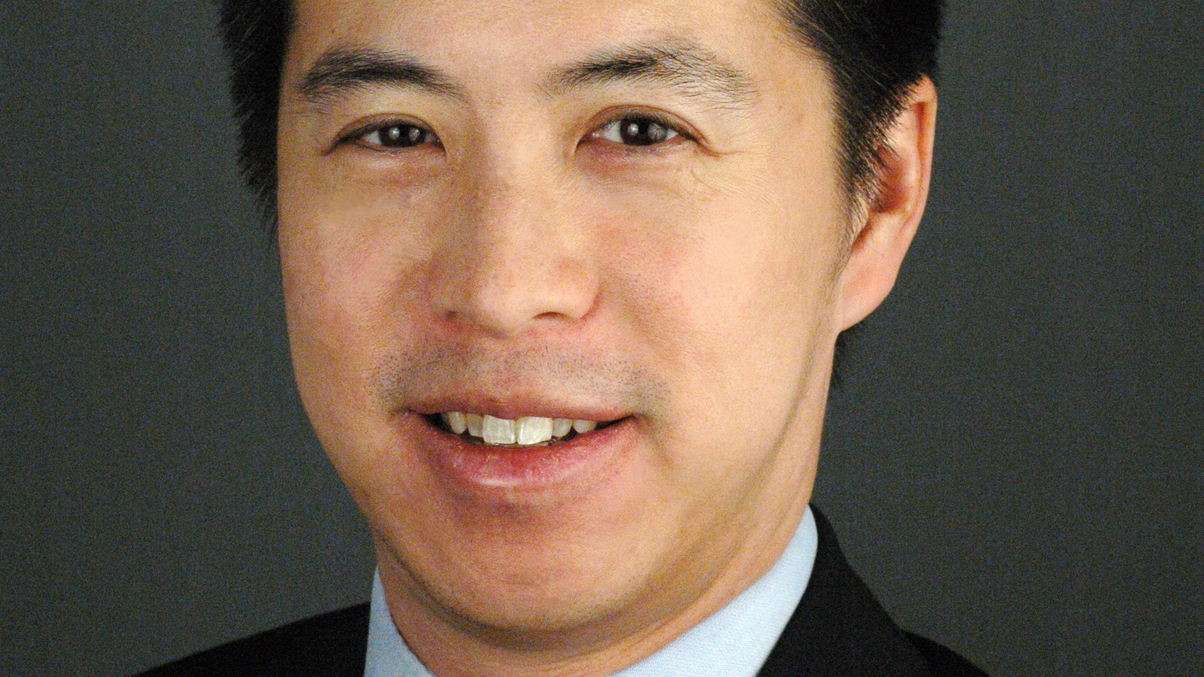Long/short and global macro backed for 2016
Alternatives specialists from UBS and other firms tip equity hedge and global macro strategies to do well this year and explain their thinking to AsianInvestor.

Global stock prices and volatility are likely to rise this year, presenting an attractive environment for certain hedge fund strategies, argues Andrew Lee, deputy global head of ultra-high-net-worth and alternative investments at UBS Wealth Management. He is not alone in his prognosis.
Sign in to read on!
Registered users get 2 free articles in 30 days.
Subscribers have full unlimited access to AsianInvestor
Not signed up? New users get 2 free articles per month, plus a 7-day unlimited free trial.
¬ Haymarket Media Limited. All rights reserved.


